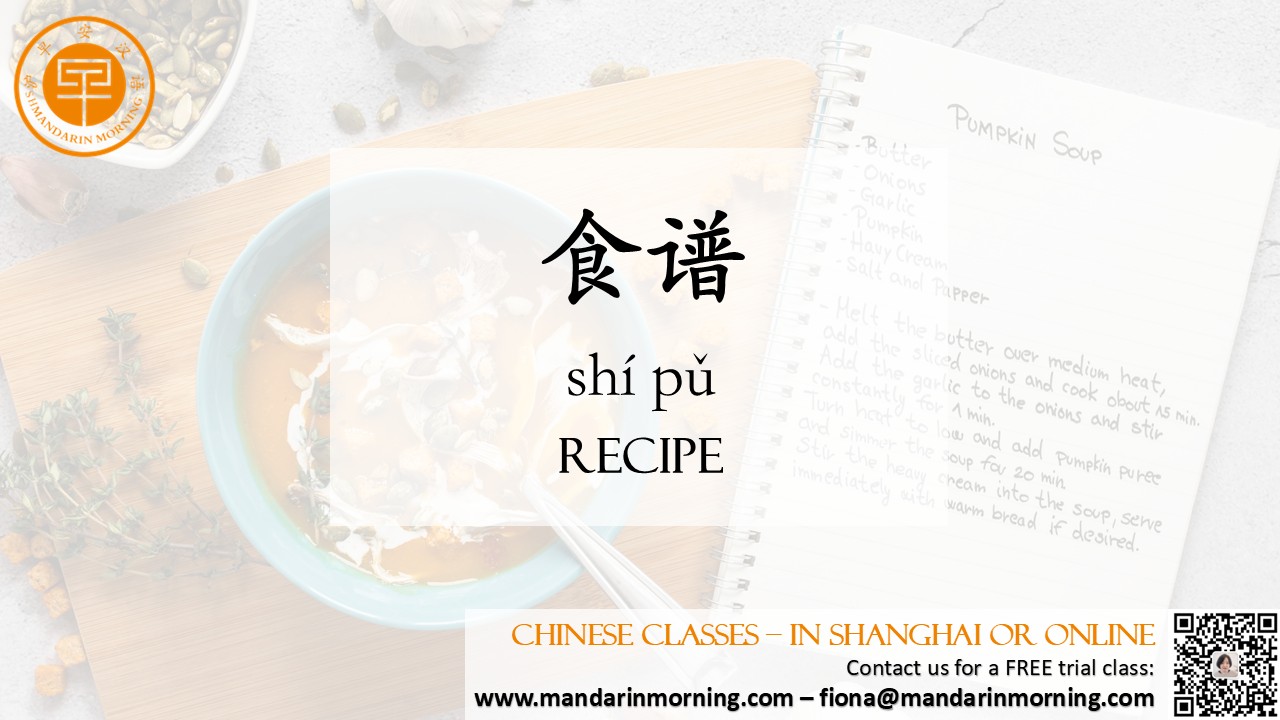Have you ever found a fantastic Chinese recipe (食谱 shípǔ) online, only to feel completely lost by the list of ingredients and instructions? Reading a Chinese recipe is a fantastic way to practice your language skills and create delicious dishes. Let’s break it down together. First, let’s look at the Ingredients (材料 - cáiliào). You’ll often see measurements like 克 (kè) for grams and 毫升 (háoshēng) for milliliters. For liquids, you might see 汤匙 (tāngchí) for tablespoon and 茶匙 (cháchí) for teaspoon. Don’t be intimidated by ingredients like 酱油 (jiàngyóu - soy sauce) or 醋 (cù - vinegar). Recognizing these core staples is your first step to success! Next, we move to the Cooking Methods (烹饪方法 - pēngrěn fāngfǎ). This is where the action happens! Key verbs are your best friend here: 炒 (chǎo): This means “to stir-fry,” the most common technique for dishes like 炒饭 (chǎofàn - fried rice). 煮 (zhǔ): This means “to boil” or “to cook in water,” perfect for soups and dumplings. 蒸 (zhēng): This means “to steam,” used for buns (包子 - bāozi) and fish. 切 (qiē): This means “to cut.” You might see 切片 (qiē piàn) for slicing or 切碎 (qiē suì) for chopping finely. Finally, pay attention to the 描述 (miáoshù - description). Phrases like 小火 (xiǎo huǒ) for low heat and 大火 (dà huǒ) for high heat are crucial for getting the texture and flavor just right. A recipe might ask you to cook until 金黄色 (jīnhuángsè - golden brown). Learning to cook from a Chinese recipe is more than just following steps; it’s a fun, immersive way to connect with the culture and language. Every ingredient you measure and every step you follow brings you closer to fluency—and a full stomach! |